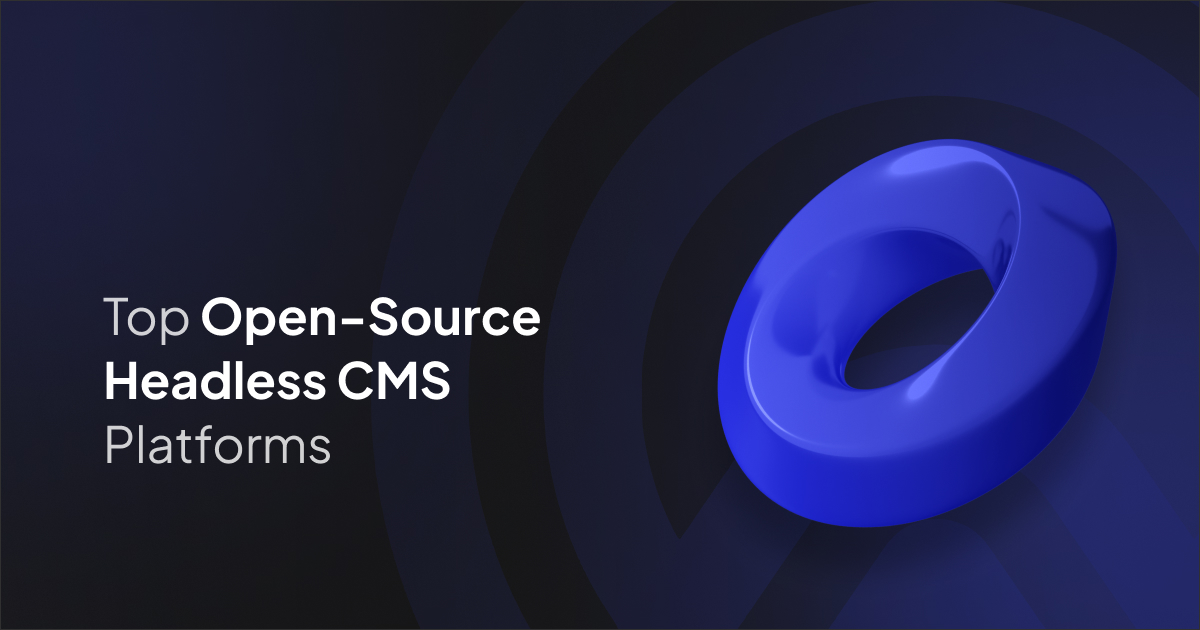Strapi has rapidly become one of the most popular open-source headless CMS options. Built on Node.js, it offers complete customization of content types and APIs. Strapi supports both REST and GraphQL out of the box, allowing developers to design APIs tailored to their applications. The plugin system, active community, and self-hosting flexibility make it ideal for startups and enterprises alike.
Key Features:
- Fully customizable content models
- REST and GraphQL APIs
- Plugin ecosystem and role-based permissions
- Active open-source community
2. WordPress (Headless)
While WordPress is traditionally a monolithic CMS, its open-source nature and REST API make it a strong headless candidate. By decoupling the front end, developers can use WordPress purely as a content repository while building fast, modern applications with frameworks like React or Next.js. The massive plugin ecosystem and familiarity for content editors remain major advantages.
Key Features:
- REST API and GraphQL via plugins
- Mature ecosystem with thousands of plugins
- Large global developer community
- Easy adoption for non-technical editors
3. Drupal
Drupal is a long-standing open-source CMS widely known for its robust security and scalability. In headless mode, it delivers content via APIs while leveraging its strong user management, multilingual support, and workflow capabilities. Drupal is particularly well-suited for complex, enterprise-grade applications where customization and compliance are critical.
Key Features:
- Built-in REST and JSON:API support
- Enterprise-level security and scalability
- Extensive module ecosystem
- Strong multilingual and accessibility features
4. TYPO3
TYPO3 is a flexible, enterprise-focused open-source CMS that supports headless delivery through APIs. It provides granular user permissions, scalability for large projects, and a mature ecosystem. TYPO3’s architecture makes it a strong choice for organizations that need long-term reliability and complex content structures.
Key Features:
- Robust enterprise-ready architecture
- Headless API integrations available
- Role-based access control
- Strong European community and ecosystem
5. Ghost
Ghost is an open-source CMS designed with simplicity and performance in mind. Initially focused on blogging, it has evolved into a lightweight headless CMS with a modern API. Ghost is well-suited for content-driven projects like publishing platforms or marketing sites, where speed and ease of use are priorities.
Key Features:
- Lightweight and fast performance
- RESTful JSON API
- Simple admin interface for editors
- Optimized for publishing workflows
6. Joomla
Joomla is another veteran open-source CMS that has embraced the headless approach. Its extensibility and strong community support make it a versatile option for different use cases. Through extensions and API integrations, Joomla can serve as a solid content hub for modern front-end frameworks.
Key Features:
- REST API support through extensions
- Flexible content management system
- Large community and extension marketplace
- Good balance between usability and customization
Choosing the Right Platform
When deciding on the best open-source headless CMS for your project, consider the following:
- Flexibility and APIs: Does it support REST, GraphQL, or both?
- Community and Ecosystem: Is there active support and plugin availability?
- Scalability: Can the platform grow with your project’s needs?
- Ease of Use: Is the interface accessible to both developers and non-technical users?
Strapi and Ghost stand out for modern, lightweight development, while WordPress and Drupal remain strong for teams needing established ecosystems and enterprise-ready features. TYPO3 and Joomla bring additional flexibility and reliability. Together, these open-source platforms give businesses the power to build scalable, future-proof digital experiences.
Page Updated: 2025-09-09




















